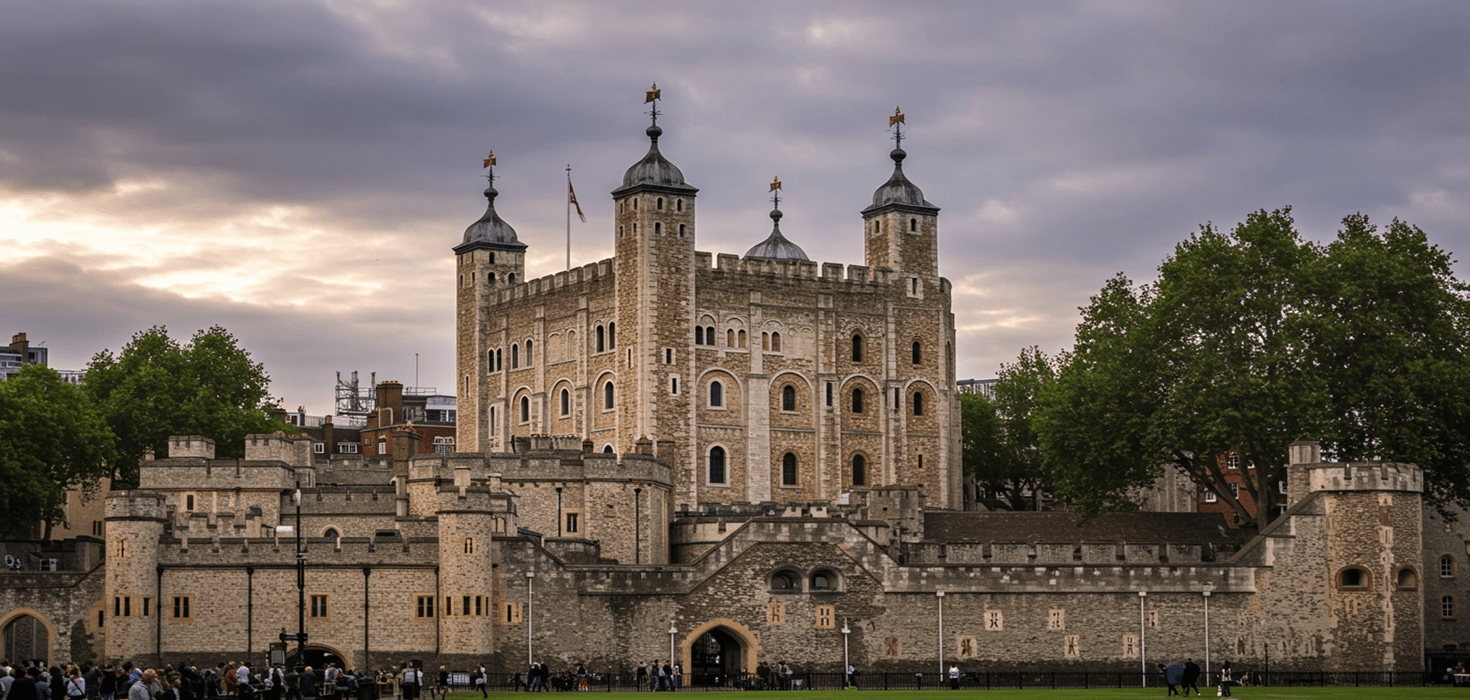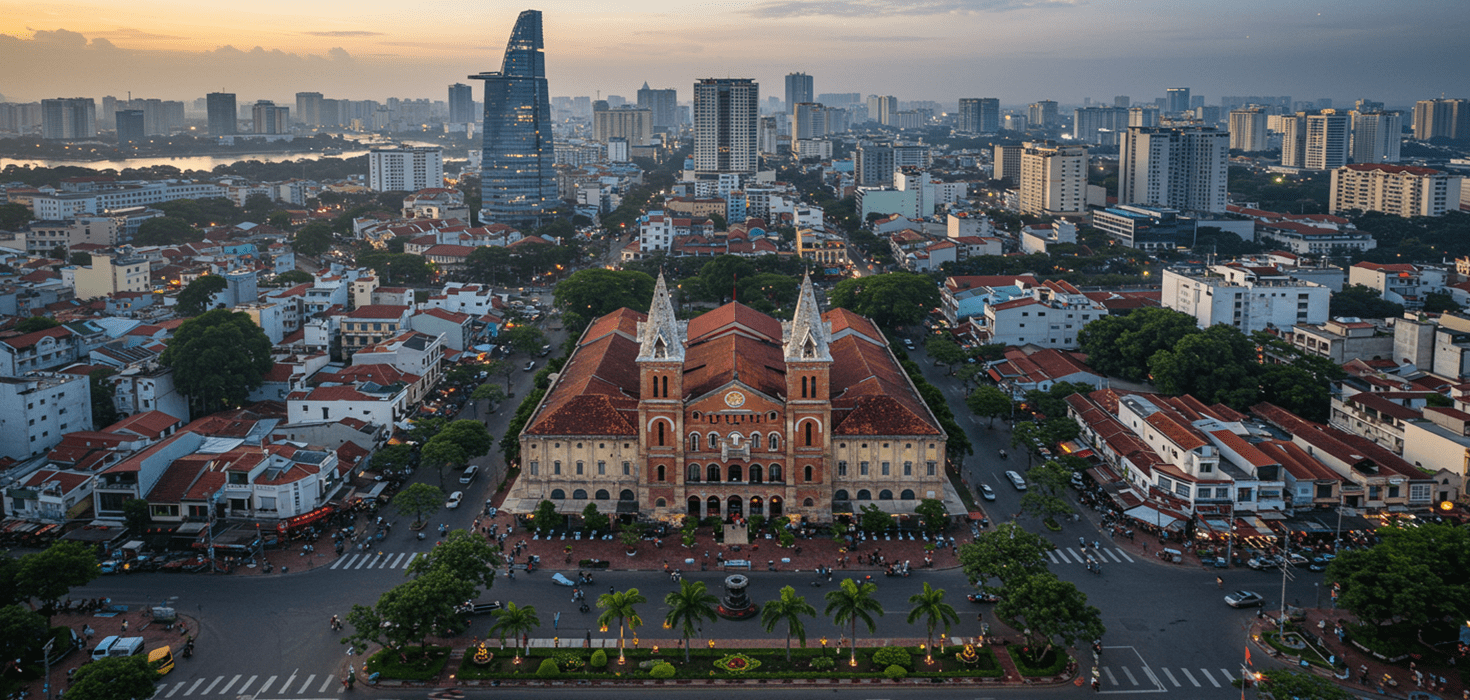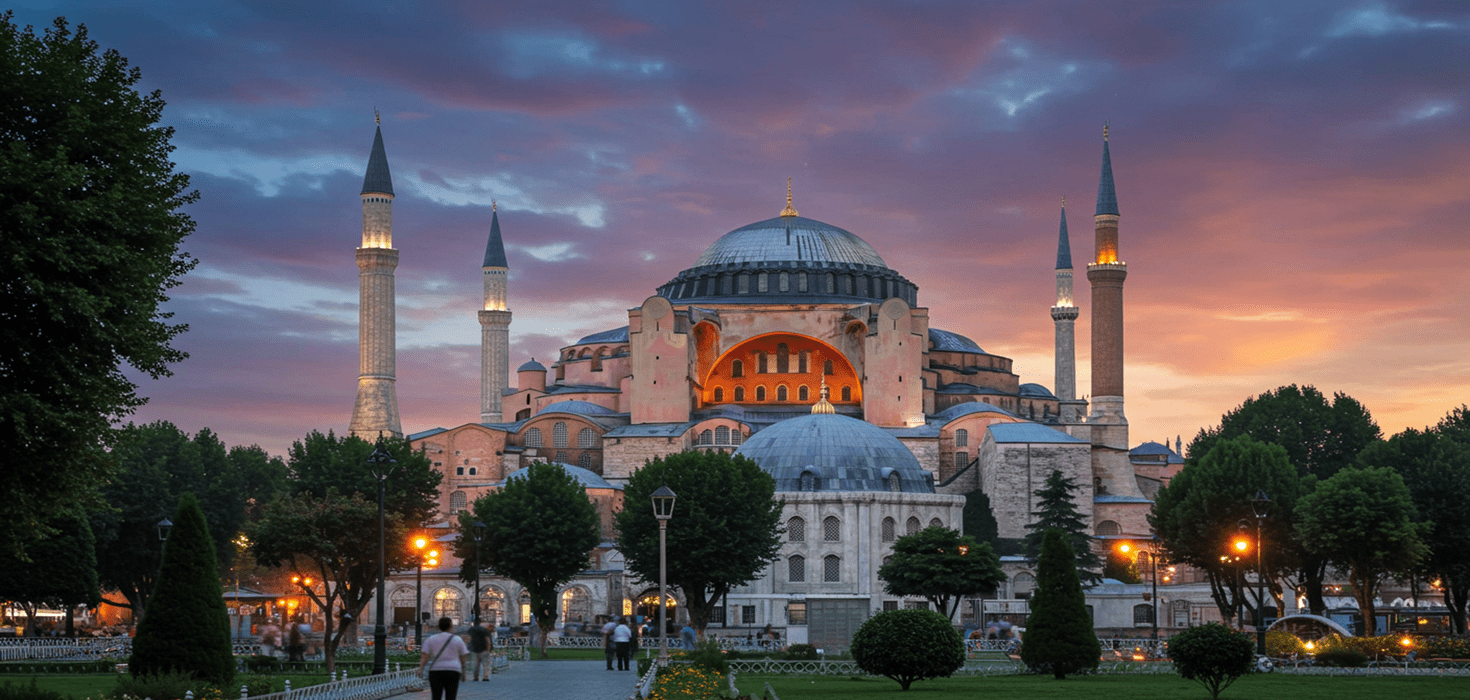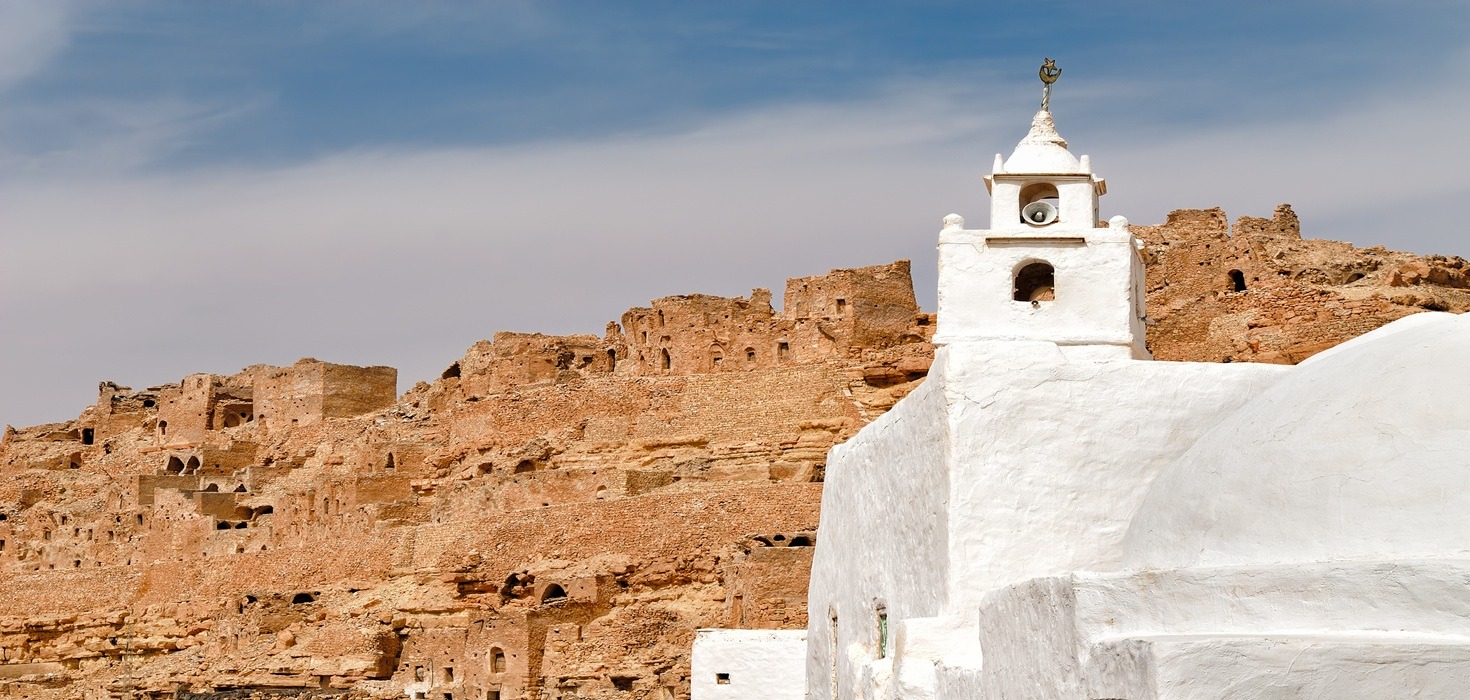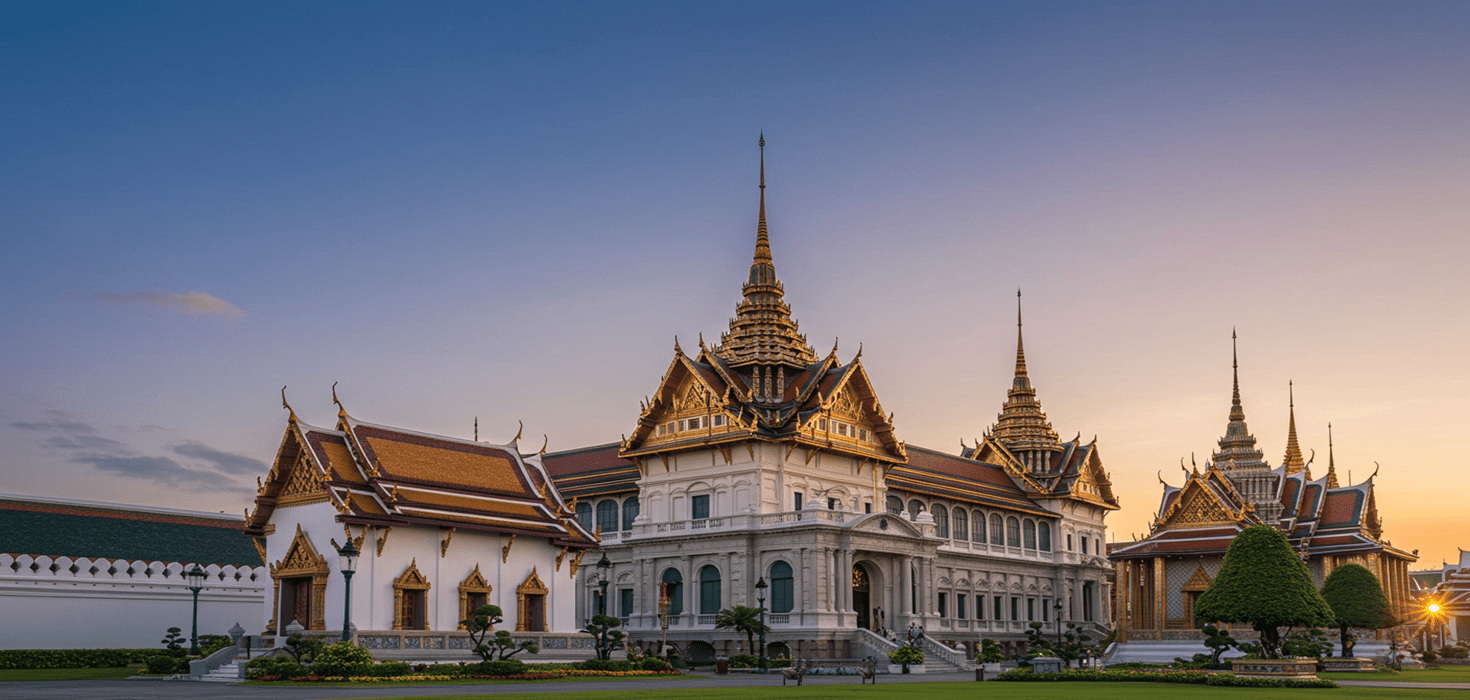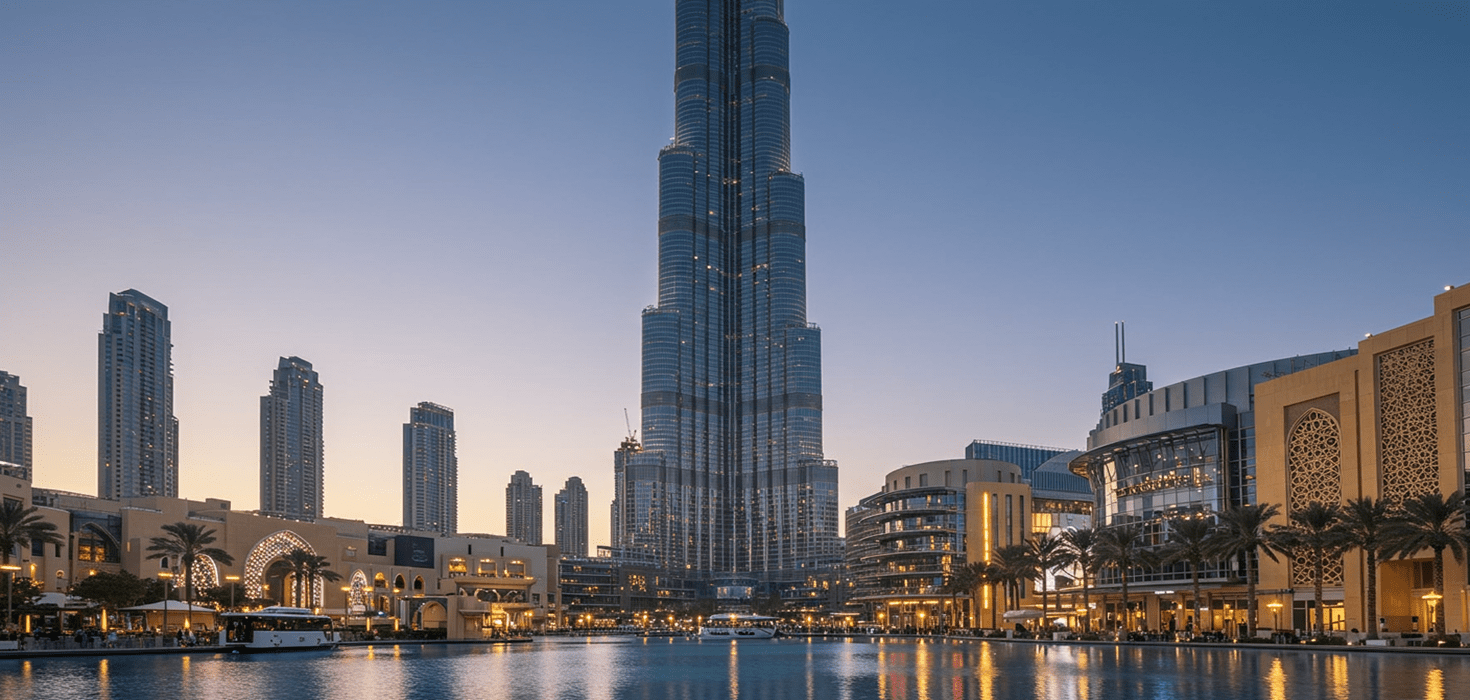Introduction
Step into a world of history and grandeur at Gyeongbokgung Palace, the crown jewel of Seoul’s cultural heritage! Nestled at the heart of South Korea’s bustling capital, this magnificent palace is not just a feast for the eyes but a treasure trove of stories that echo the glory of the Joseon Dynasty. With its stunning architecture, lush gardens, and vibrant cultural experiences, a visit to Gyeongbokgung is like stepping back in time. Whether you’re a history buff, a photography enthusiast, or simply looking for a picturesque spot to relax, Gyeongbokgung Palace offers something for everyone. Let’s uncover the rich history and unique experiences that make this site a must-visit on your Seoul itinerary!
Discover the Rich History of Gyeongbokgung Palace
Gyeongbokgung Palace was established in 1395 by King Taejo, the founder of the Joseon Dynasty, and it served as the main royal palace for centuries. Imagine walking through its gates, where kings and queens once strolled, surrounded by the elegance of traditional Korean architecture. This palace is not just a stunning sight; it’s a key player in the story of Korean royal history.
Over the years, Gyeongbokgung has witnessed numerous significant events. For instance, during the Japanese occupation in the early 20th century, the palace was heavily damaged, but it has since been restored to its former glory. One of the most notable figures associated with Gyeongbokgung is King Sejong, the fourth king of the Joseon Dynasty, who is celebrated for creating the Korean alphabet, Hangul. His legacy lives on in the palace, which houses the National Palace Museum of Korea, dedicated to preserving the history and culture of the royal family.
As you explore the palace grounds, keep an eye out for the Changing of the Guard ceremony, a colorful reenactment that takes place at the main gate. This daily event is not just a visual spectacle; it’s a living testament to the traditions that have been upheld for centuries. Gyeongbokgung Palace is a symbol of national pride and resilience, making it a cornerstone of Korean identity.
For those eager to learn more about this historical gem, check out our comprehensive guide: Discover the Majesty of Gyeongbokgung Palace.
Architectural Wonders: Exploring Gyeongbokgung Palace Design
The architectural beauty of Gyeongbokgung Palace is truly breathtaking. As you wander through its expansive grounds, you’ll encounter a harmonious blend of traditional Korean architectural styles that reflect the palace’s historical significance. The most prominent structures include Geunjeongjeon, the throne hall where royal ceremonies were held, and Gangnyeongjeon, the king’s sleeping quarters. Each building is adorned with intricate designs and vibrant colors, showcasing the artistry of the time.
Don’t miss Gyotaejeon, the queen’s quarters, which offers a glimpse into the royal lifestyle. The gardens surrounding these structures are equally enchanting, providing a serene escape from the hustle and bustle of the city. With their historical significance, these areas were designed not just for beauty but also for tranquility, allowing the royal family to connect with nature.
The influence of traditional Korean architecture can still be seen in modern designs, making Gyeongbokgung a perfect place for architecture enthusiasts. As you stroll through the palace, take a moment to appreciate the craftsmanship that has stood the test of time.
For a deeper exploration of the architectural splendor, visit: Unveiling the Splendors of Gyeongbokgung Palace.
Cultural Experiences: Embrace Korean Heritage at Gyeongbokgung
Gyeongbokgung Palace isn’t just about stunning architecture; it’s a hub of cultural experiences that allow visitors to immerse themselves in Korean heritage. One of the highlights is the Changing of the Guard ceremony, which takes place daily at the main gate. This colorful display features soldiers in traditional attire, performing precise movements that echo the palace’s royal past. Arrive early to secure a good spot and witness this captivating event!
Another unforgettable experience is the opportunity to wear a Hanbok, the traditional Korean dress. Renting a Hanbok is a delightful way to enhance your visit, as you can stroll through the palace grounds, feeling like royalty yourself! Many rental shops nearby offer a variety of styles and colors, making it easy to find the perfect outfit for your day of exploration.
Don’t forget to check out the cultural workshops often held within the palace grounds, where you can learn about traditional crafts, music, and dance. Engaging in these activities not only enriches your visit but also helps preserve the vibrant culture of Korea.
For more information on renting Hanbok and making the most of your cultural experience, visit: Hanbok Rental at Gyeongbokgung Palace.
Seasonal Festivals and Events at Gyeongbokgung Palace
Gyeongbokgung Palace is not just a historical site; it’s a lively venue for seasonal festivals and events that showcase the rich tapestry of Korean culture. Each season brings its own charm, transforming the palace grounds into a vibrant celebration of tradition and community. In spring, the cherry blossoms bloom spectacularly, creating a breathtaking backdrop for the Cherry Blossom Festival. Visitors flock to capture the delicate pink petals against the majestic palace architecture, making it a photographer’s paradise.
Summer heats up with exciting concerts and cultural performances that fill the air with music and laughter. The Summer Night Festival invites locals and tourists alike to enjoy outdoor activities, including traditional Korean games and food stalls offering delicious bites. As autumn approaches, the Harvest Festival celebrates the season’s bounty with traditional music, dance, and crafts, allowing visitors to experience the warmth of Korean hospitality.
When winter arrives, Gyeongbokgung transforms into a magical wonderland. The Winter Market is a must-visit, featuring festive lights, seasonal treats, and unique handmade crafts. It’s the perfect time to sip on hot tea while exploring the market’s offerings. Each festival provides a unique opportunity to engage with Korean culture and create lasting memories.
Don’t miss out on these seasonal delights! For a detailed overview of events throughout the year, check out our guide: Experience Gyeongbok Palace: Your Seasonal Festival Guide.
Practical Visitor Information for Gyeongbokgung Palace
Planning a visit to Gyeongbokgung Palace? Here’s everything you need to know to make your trip smooth and enjoyable! The palace is open to visitors year-round, with operating hours typically from 9 AM to 6 PM. During the summer months, the hours may extend until 9 PM, allowing for magical evening strolls under the stars.
As for tickets, entrance fees are quite reasonable, making it accessible for everyone. Be sure to check the official website for the latest prices and any special discounts available for students or groups. Booking your tickets in advance can save you time, especially during peak tourist seasons!
Getting to Gyeongbokgung is a breeze. The palace is conveniently located near the Gyeongbokgung subway station (Line 3), making it easy to hop on and off. If you prefer a more scenic route, consider taking a leisurely walk from nearby attractions like Bukchon Hanok Village or Insadong.
After exploring the palace, you’ll find various dining options nearby, from traditional Korean eateries to cozy cafes. Treat yourself to some Bibimbap or Korean BBQ for a complete cultural experience. For more practical details, including accessibility options and dining recommendations, visit: Gyeongbokgung Palace Tickets & Hours.
Photography Paradise: Capturing Gyeongbokgung Palace
Calling all photography enthusiasts! Gyeongbokgung Palace is a dream come true for capturing stunning images. With its grand architecture, lush gardens, and seasonal beauty, you’ll find countless spots to frame the perfect shot. The best times for photography are during the golden hour—shortly after sunrise or before sunset—when the palace glows with warm light.
Some of the top locations for photography include the majestic Geunjeongjeon throne hall, the tranquil Hyangwonjeong Pavilion nestled in the lotus pond, and the picturesque backdrop of the Bugaksan Mountain. Each corner of the palace offers a unique perspective, so take your time to explore and find your favorite angles.
Don’t forget to capture the Changing of the Guard ceremony, which adds a dynamic element to your collection. The colorful uniforms and precise movements create a vibrant scene that is both historical and visually striking. For more tips on photography at Gyeongbokgung, check out our guide: Discover Gyeongbokgung Palace’s Cherry Blossom Festival.
Detailed Itinerary for a Fun-Filled Day at Gyeongbokgung Palace
Ready to make the most of your visit to Gyeongbokgung Palace? Here’s a suggested itinerary to help you experience all the highlights in one exciting day!
Morning: Arrive Early for the Changing of the Guard Ceremony
Start your day by arriving early to catch the Changing of the Guard ceremony at the main gate. This colorful spectacle takes place at 10 AM and 2 PM daily, so plan accordingly. Grab a good spot for the best views and prepare to be amazed by the precision and pageantry of the guards!
Mid-Morning: Explore the Palace Grounds
After the ceremony, take your time wandering through the expansive palace grounds. Visit the throne hall, Geunjeongjeon, and the king’s quarters, Gangnyeongjeon. Don’t forget to stroll through the beautiful gardens and snap some memorable photos. The peaceful atmosphere makes it easy to imagine the royal family enjoying their surroundings.
Lunch: Dining Nearby
Once you’ve worked up an appetite, head to one of the nearby restaurants for a delicious lunch. Try some traditional Korean dishes like Bulgogi or Kimchi Jjigae to refuel for the afternoon ahead.
Afternoon: Visit the National Palace Museum of Korea
After lunch, make your way to the National Palace Museum of Korea, located just a short walk from the palace. Here, you can delve deeper into the history of the Joseon Dynasty and view artifacts that tell the story of Korea’s royal heritage. The museum is free to enter, so it’s a great way to round out your visit!
Evening: Relax and Reflect
As the sun begins to set, take a leisurely stroll around the palace grounds once more. The evening light casts a magical glow over the architecture, perfect for those last-minute photos. Consider grabbing a coffee or tea from a nearby café to enjoy as you reflect on your day at this historical gem.
For guided tours that can enrich your experience, check out: Seoul Highlights: Gyeongbokgung Palace, N Seoul Tower & Insadong.
Fun Facts About Gyeongbokgung Palace
Did you know that Gyeongbokgung Palace is home to some fascinating stories and quirky facts? Here are a few tidbits that might surprise you:
- Secret Tunnels: Legend has it that Gyeongbokgung Palace has a network of secret tunnels used by the royal family for escape during times of danger!
- Symbolic Colors: The vibrant colors of the palace buildings are not just for aesthetics; they have symbolic meanings, with blue representing the east and red representing the south.
- Restoration Efforts: After being damaged during the Japanese occupation, restoration efforts began in the 1990s, and the palace has been meticulously restored to reflect its original grandeur.
These fun facts add an extra layer of intrigue to your visit, making Gyeongbokgung Palace not just a place to see, but a place to experience!
Culinary Deep Dive: Dining Near Gyeongbokgung Palace
No trip to Gyeongbokgung Palace is complete without indulging in some delightful Korean cuisine! The area surrounding the palace is dotted with fantastic dining options, from traditional restaurants to trendy cafes. Here are some must-try spots:
- Gogung: Famous for its Bibimbap, this restaurant serves up delicious bowls of rice topped with fresh vegetables, meat, and a spicy sauce.
- Baekjeong: If you’re in the mood for Korean BBQ, Baekjeong is the place to be! Grill your own meat at the table and enjoy an authentic dining experience.
- Insadong Street Food: Don’t forget to explore the street food stalls near Insadong! Try Tteokbokki (spicy rice cakes) or Hotteok (sweet pancakes) for a tasty snack.
For a complete culinary experience, make sure to pair your meal with some traditional Korean tea. For more dining options and experiences, visit: Experience Seoul’s Heritage: Hotels Near Gyeongbokgung Palace.
Sustainability and Conservation Efforts at Gyeongbokgung
As a treasured cultural site, Gyeongbokgung Palace is committed to sustainability and conservation efforts. Restoration projects are ongoing to ensure that the palace maintains its historical integrity while adapting to modern environmental standards. Visitors are encouraged to participate in eco-friendly practices during their visit, such as using designated recycling bins and minimizing waste.
Community involvement is also a key part of these efforts. Local organizations often host events aimed at raising awareness about the importance of preserving cultural heritage. Visitors can join in on workshops or volunteer opportunities to help maintain the palace grounds and learn more about its history.
Transportation Details for Visiting Gyeongbokgung Palace
Getting to Gyeongbokgung Palace is easy and convenient. The nearest subway station is Gyeongbokgung Station (Line 3), which is just a short walk from the palace entrance. If you prefer to take a bus, several routes stop nearby, making public transportation a breeze.
For those driving, there are parking facilities available, but it’s advisable to arrive early as spaces can fill up quickly during peak tourist seasons. If you’re traveling with family or have mobility challenges, consider using nearby taxi services or rideshare apps for a hassle-free experience.
Seasonal Travel Insights for Gyeongbokgung Palace
When planning your visit to Gyeongbokgung Palace, consider the time of year. Each season offers a unique experience, with spring showcasing beautiful cherry blossoms, summer filled with vibrant festivals, autumn providing stunning foliage, and winter transforming the palace into a snowy wonderland. The best times to visit are during these seasonal highlights, where you can capture the essence of Korean culture in all its glory.
Many visitors rave about the cherry blossom season, while others cherish the autumn harvest festivals. Be sure to check local event calendars for any special happenings during your visit!
Safety and Health Guidelines for Visitors
Your safety is paramount while visiting Gyeongbokgung Palace. As health guidelines continue to evolve, it’s important to stay informed about any regulations in place. Visitors are encouraged to wear masks in crowded areas and maintain social distancing where possible. Hand sanitizing stations are available throughout the palace grounds, ensuring a safe and enjoyable experience for everyone.
For the latest updates on health and safety protocols, check the official palace website or local news sources before your visit.
Commonly Asked Questions (FAQs) About Gyeongbokgung Palace
Got questions about your visit to Gyeongbokgung Palace? Here are some common queries answered:
- What are the opening hours? Gyeongbokgung Palace typically opens at 9 AM and closes at 6 PM, with extended hours during the summer.
- Do I need to book tickets in advance? While it’s not mandatory, booking tickets ahead of time is recommended, especially during peak seasons.
- Is the palace accessible for those with mobility challenges? Yes, Gyeongbokgung Palace is equipped with facilities to assist visitors with mobility challenges, including ramps and accessible restrooms.
For more detailed information, feel free to explore our resources or ask staff members during your visit. Enjoy your adventure at Gyeongbokgung Palace!



